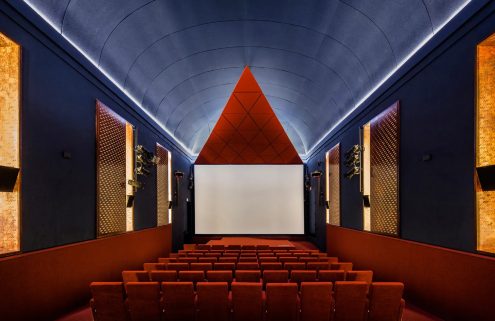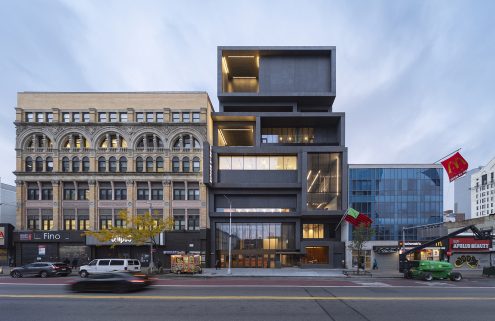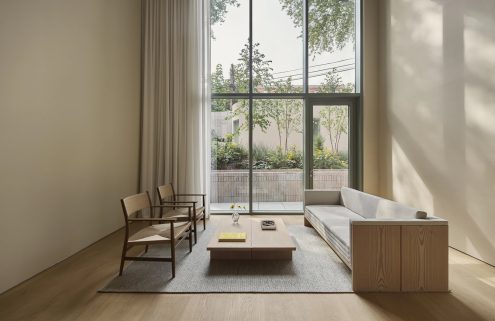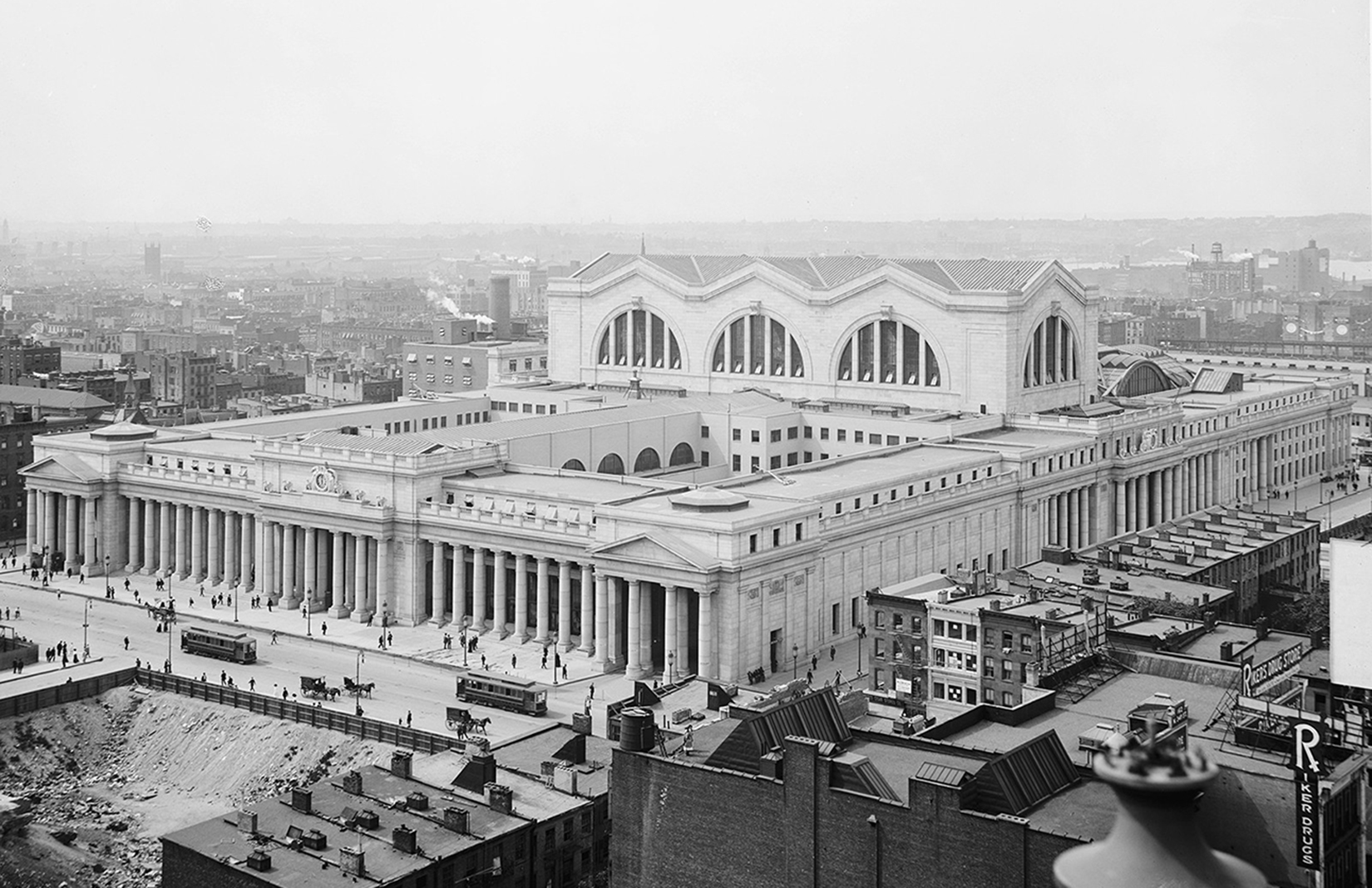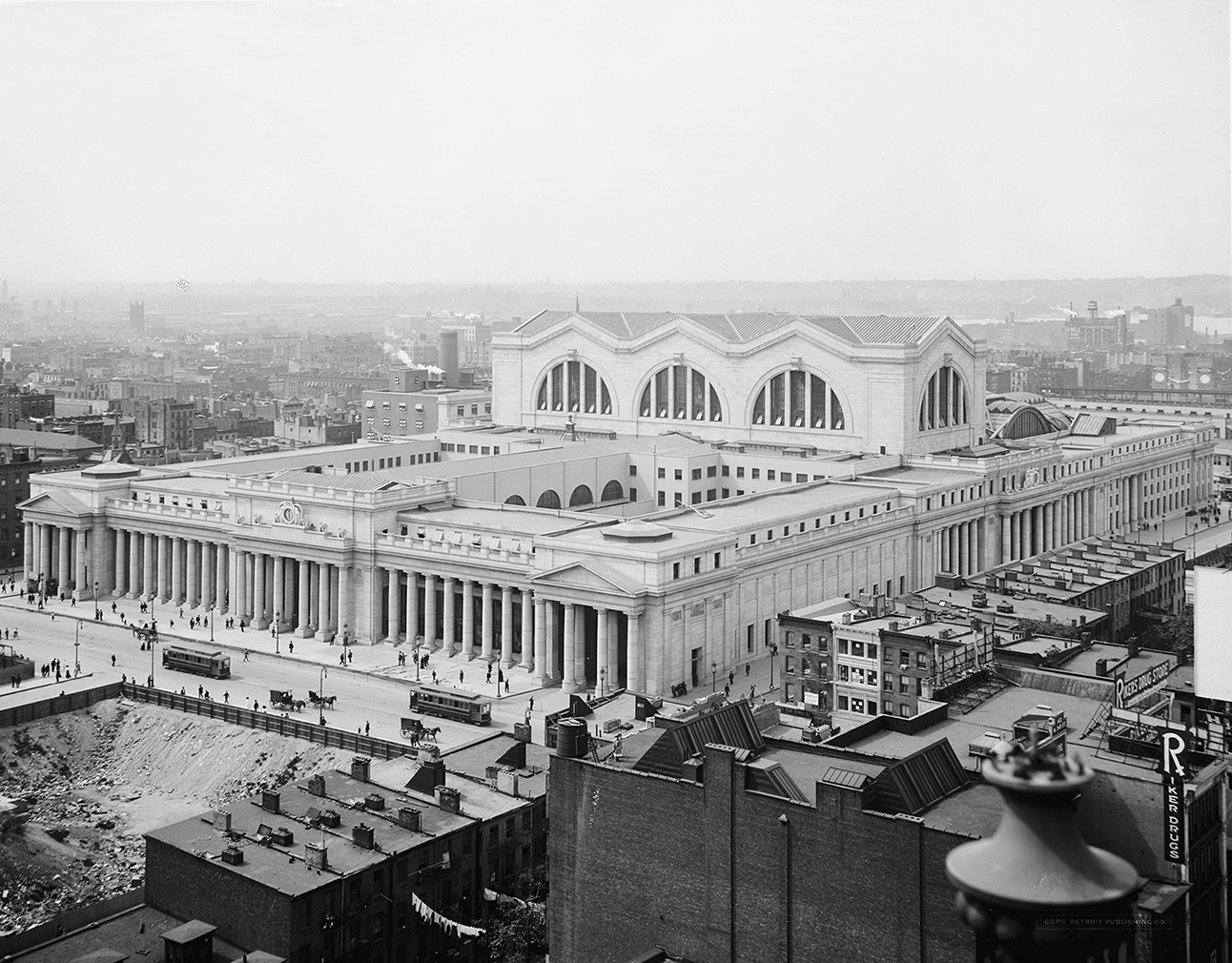
The loss of the original Pennsylvania Station in New York is among the greatest architectural tragedies of the 20th century. But spare a thought for its architect, Charles Follen McKim, who died in 1909 before he could see his Beaux Arts masterpiece completed.
Beyond Penn Station, the American – along with his practice McKim, Mead and White – left his mark on the urban fabric of the East Coast, particularly in New York, where he designed some of the country’s grandest Neo-classical buildings. And thankfully, many of them still exist.
Today, on what would have been his 169th birthday, we bring you five of his most seminal projects.
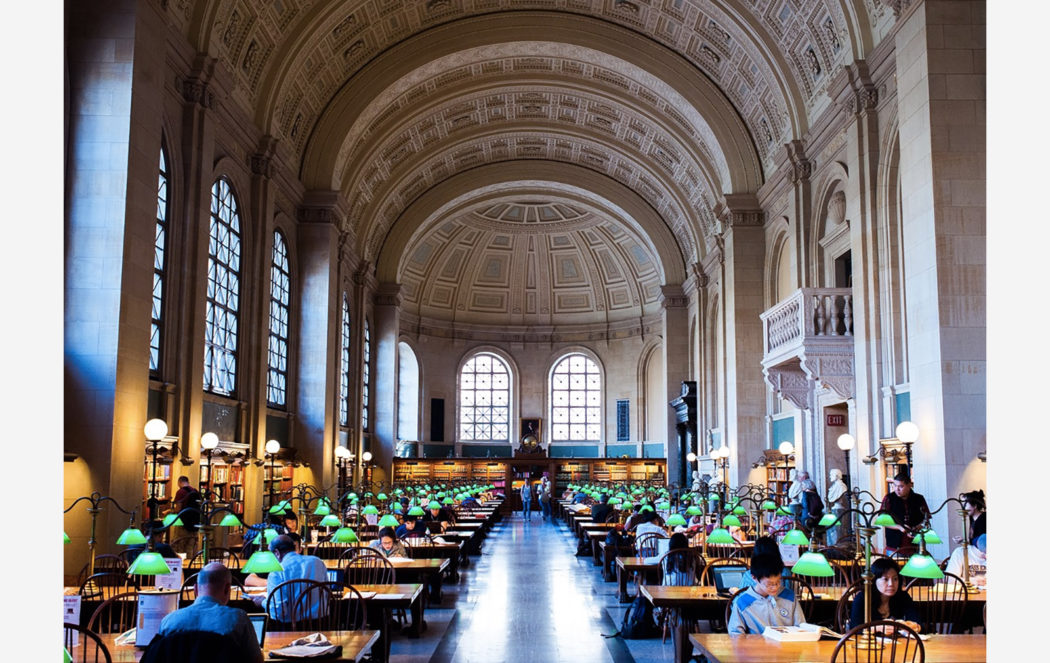
Boston Public Library, McKim Building (1895)
Ever the populist, McKim described his Renaissance Revival design as a ‘palace for the people’. The library, including the majestic coffered ceilings of Bates Hall, was one of the earliest examples of Beaux Arts architecture in the US. A Modernist extension by architect Philip Johnson was added in 1972.
Photography: Brian Johnson
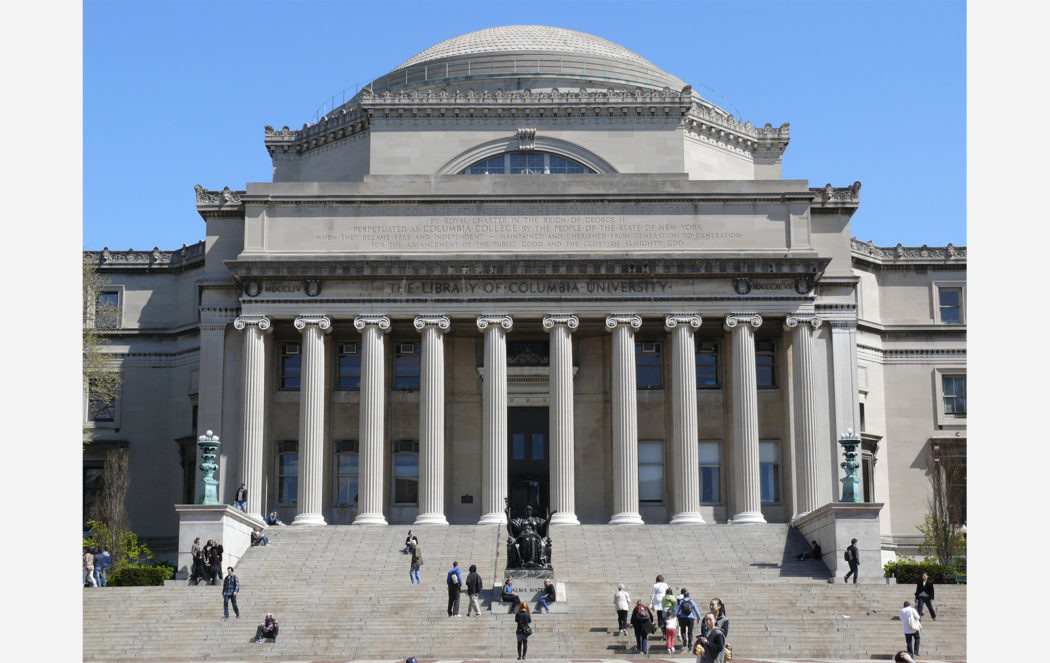
Columbia University campus (1896)
McKim was enlisted to design a new campus for Columbia University in New York’s Morningside Heights neighbourhood during the 1890s. At the heart of the site is the Low Library, a Neo-classical structure packed with references to the art and architecture of ancient Rome and Greece.
Photography: InSapphoWeTrust
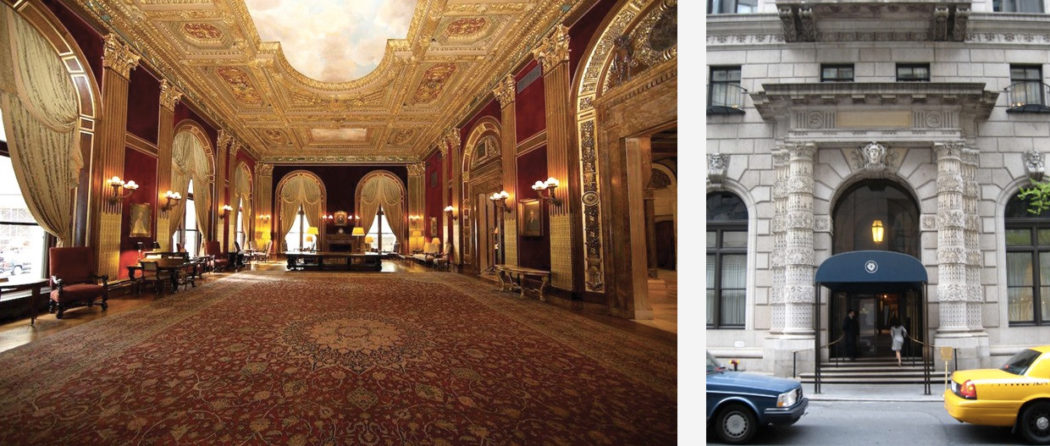
University Club of New York (1899)
During the 1890s, McKim nabbed the commission to design new digs for the growing University Club of New York, of which he was a member. Architecture critic Paul Goldberger picked the Renaissance palazzo-style building as one of New York City’s 13 greatest masterpieces.
Photograph: C&RB and Jim Henderson
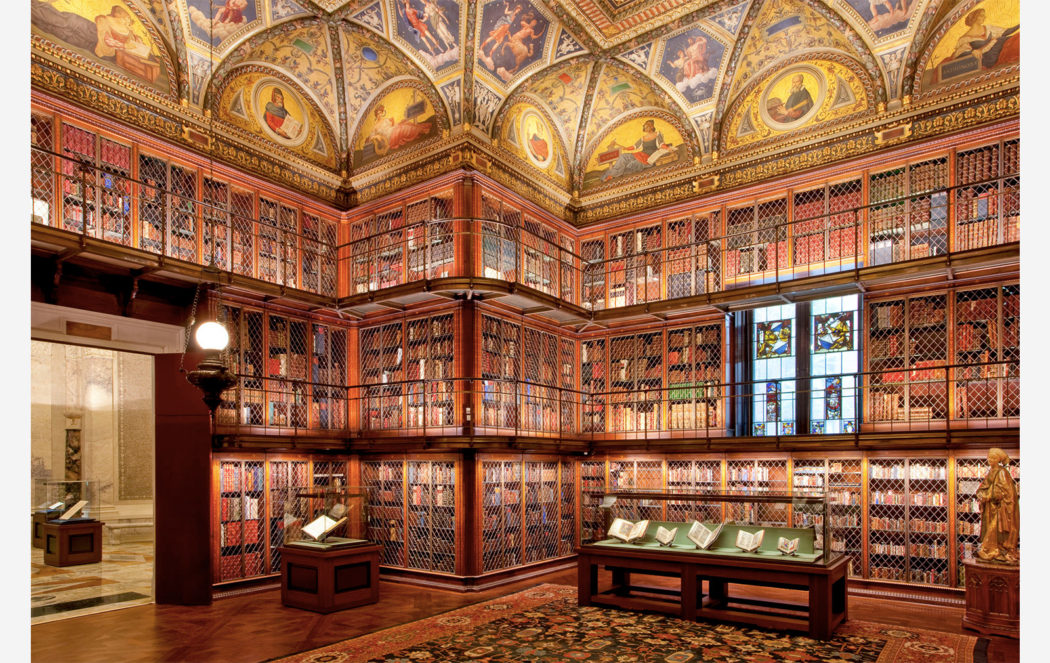
Pierpont Morgan Library (1906)
McKim was tasked with designing the private library of JP Morgan on Madison Avenue. Upon the banker’s passing in 1924, the Classical Revival marvel was made public. Today, the Tennessee marble structure is known as the Morgan Library & Museum, and includes an extension by architect Renzo Piano.
Photography: Graham Haber / Pierpont Morgan Library
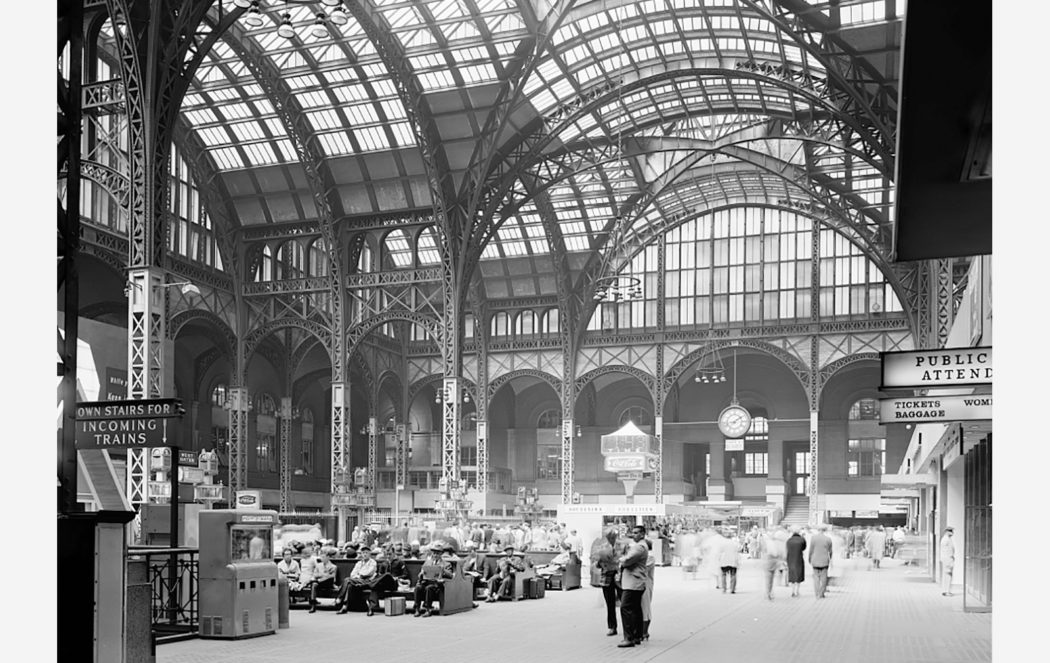
Pennsylvania Station (1910) and James A Farley Post Office (1912)
The original Penn Station was revered as much as the present-day incarnation is reviled. Construction began in 1904 but McKim passed away in 1909 before his masterpiece was complete. It was a building of contrasts: its modern steel concourse was a world away from the Neo-classical waiting rooms and service areas. His practice – McKim, Mead and White – also designed the adjacent James A Farley Post Office, intended as a twin building to McKim’s Penn Station, which completed in 1912. Today, it’s used as an events space for the likes of New York Fashion Week.
Pictured: Penn Station’s concourse. Photography: Library of Congress
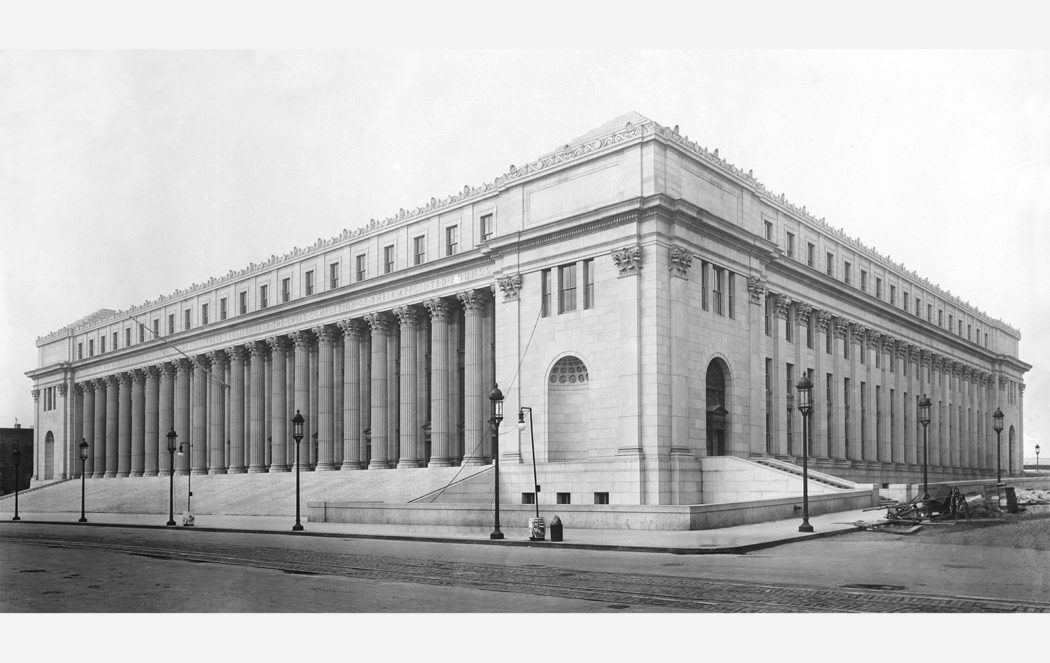
Pennsylvania Station (1910) and James A Farley Post Office (1912)
The original Penn Station was revered as much as the present-day incarnation is reviled. Construction began in 1904 but McKim passed away in 1909 before his masterpiece was complete. It was a building of contrasts: its modern steel concourse was a world away from the Neo-classical waiting rooms and service areas. His practice – McKim, Mead and White – also designed the adjacent James A Farley Post Office, intended as a twin building to McKim’s Penn Station, which completed in 1912. Today, it’s used as an events space for the likes of New York Fashion Week.
Pictured: The James A Farley Post Office, circa 1912. Photography: Library of Congress
Read next: How Skylight Group is bringing New York’s empty landmarks back to life

